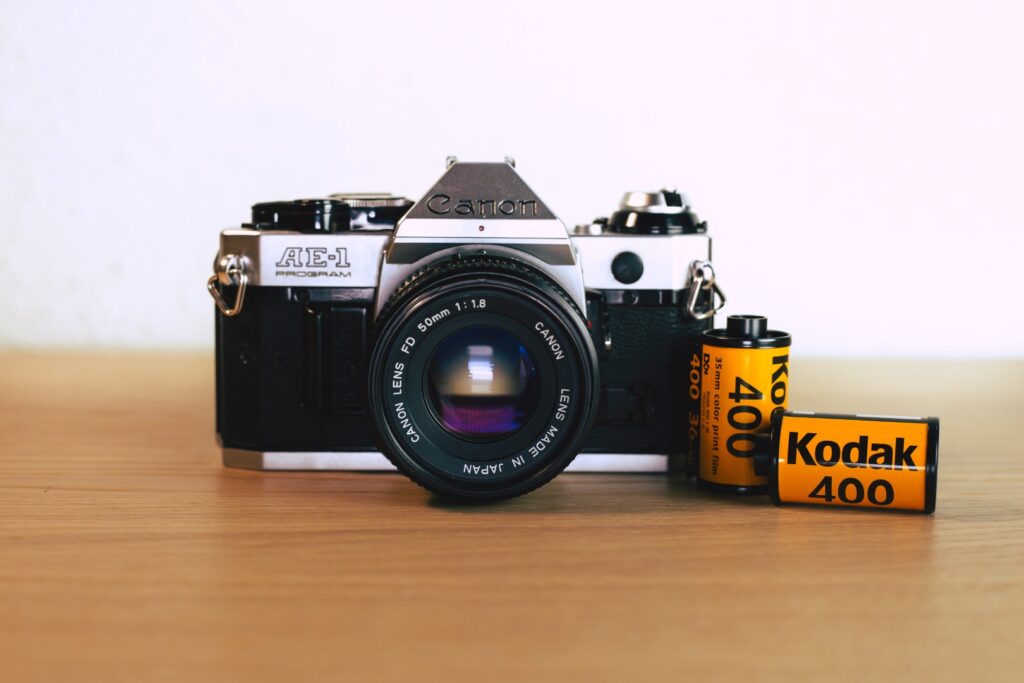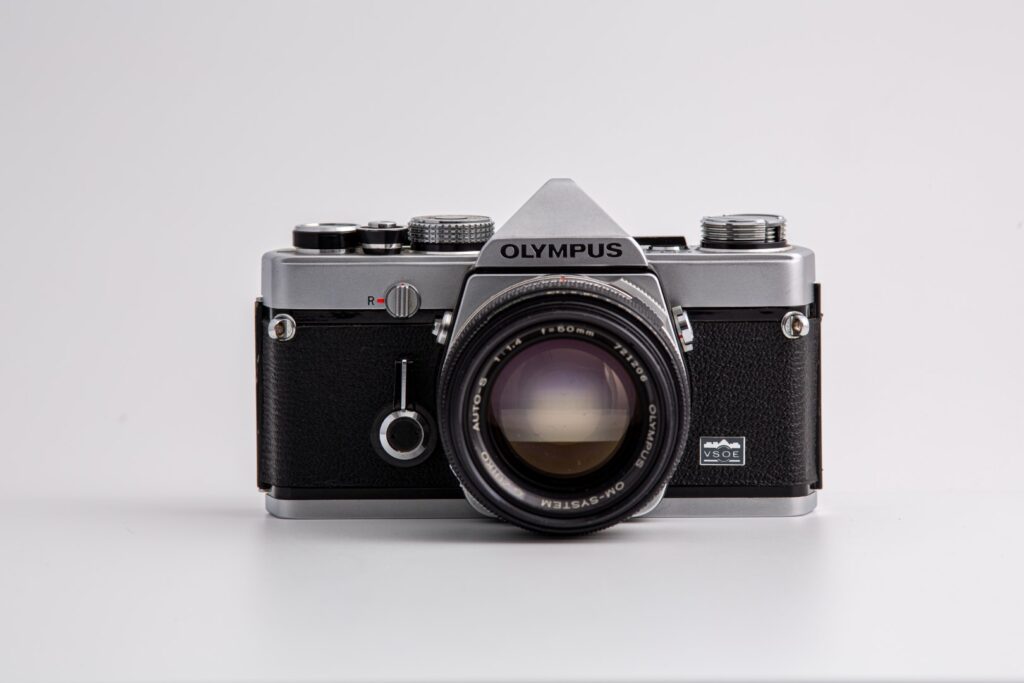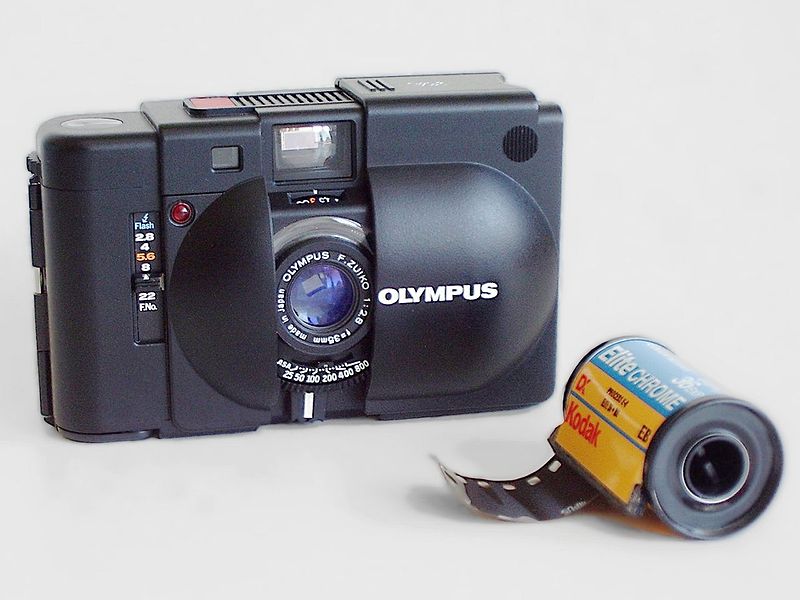
Welcome to your beginner’s guide for selecting the perfect film to breathe life into your Olympus XA! This gem from the past is more than just a nostalgic relic; it’s a time-tested tool that has withstood the ebb and flow of photography trends over the years.
Launched in 1979, the Olympus XA broke new ground as an ultra-compact rangefinder camera with a sharp, six-element Zuiko lens, and the unique ability to slip into a pocket without a fuss. The genius behind this camera was none other than Yoshihisa Maitani, a legend in the photographic world who also brought us other Olympus classics like the OM and Pen series. The XA offered a sleek, functional camera that didn’t compromise on image quality.
This pocketable rangefinder camera with its sliding cover, aperture priority auto-exposure, and beautiful F.Zuiko 35mm f/2.8 lens has earned its place in the annals of photography history. Many photographers still swear by the Olympus XA’s capabilities, crediting it for its charm that renders beautiful and unique images.
As we embark on this journey through this guide, our focus will be to explore an array of film types that perfectly complement the Olympus XA. We’ll provide an extensive breakdown of various film stocks, their distinctive characteristics, and recommend some top-notch choices tailored for your Olympus XA. We’re here to help you unlock the camera’s true potential every step of the way. Whether you’re dipping your toes into the world of film photography for the first time or you’re a seasoned film enthusiast, we invite you to stick around as we reveal how to truly amplify the Olympus XA’s capabilities.
Film Sizes and the Olympus XA
Understanding film sizes is vital in film photography as it significantly influences your photographs’ look and shooting practicalities. You’ll typically encounter three film sizes:
- 35mm Film (135 Film): The most widely used format, it’s compact and compatible with many cameras. Its advantages include a lower cost, high availability, and a range of film types. However, due to its smaller negative size, it offers less detail compared to larger formats, and enlargements may lose some quality.
- 120 Film (Medium Format): Providing better detail and larger potential print sizes because of its larger negative size, this format offers superior image quality. It, however, requires heavier cameras and offers fewer exposures per roll. Additionally, it is more expensive and less readily available than 35mm film.
- Large Format: This format uses individual film sheets rather than rolls, offering the best potential image quality, especially for large prints. It requires larger cameras and careful handling due to its size. It’s also the most expensive of the three, with limited availability and higher follow-up costs for development and scanning.
The Olympus XA, designed for convenience and compactness, uses 35mm film. This film size complements the camera’s design, balancing image quality, cost, and portability. In subsequent sections, we’ll explore various types of 35mm film stocks suitable for your Olympus XA.
The Different Types of Film Stocks
Understanding the various types of film stocks is essential to capture the desired aesthetic in your photography. Each film type carries its own character and is suited to different scenarios. Let’s delve into three fundamental categories: black and white, color negative, and slide film.
Black and White Film
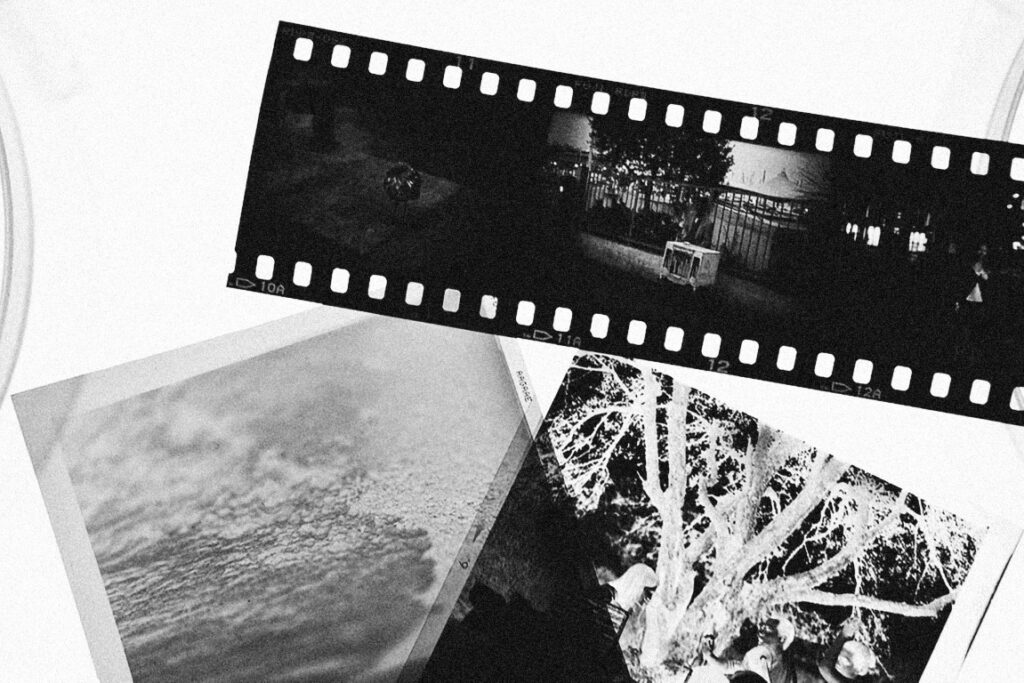
Black and white film is a classic choice that dates back to the roots of photography. It focuses on contrasts, shadows, and textures, enabling you to capture evocative and timeless images. Black and white film can be a very forgiving medium, especially for beginners. It offers a broad exposure latitude, meaning it can handle slight overexposure or underexposure relatively well. This quality can be particularly advantageous when shooting with the Olympus XA, given its automatic exposure functionality.
This film type is typically more affordable than color film, making it an attractive choice for those starting their film photography journey. Plus, it’s readily available and can be developed at home with the right equipment and chemicals, which can further reduce costs. However, the absence of color means this film is not suited for all situations, particularly those where color is a key element of the composition.
Color Negative Film
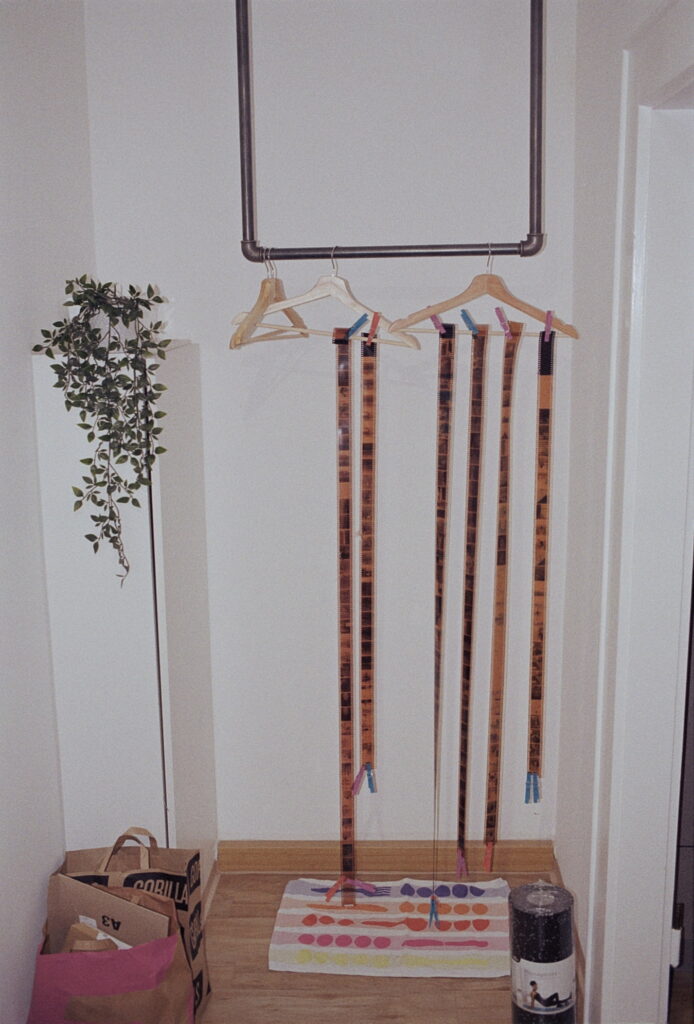
Color negative film, often just referred to as color film, is another popular choice. This film captures a wide spectrum of colors, from subtle tones to vibrant hues, offering more versatility than black and white film. One of the key advantages of color negative film is its wide exposure latitude, like black and white film. This means it can handle a certain degree of overexposure or underexposure, which can be useful when shooting with a camera like the Olympus XA.
Color negative film is generally available in a variety of speeds, from slower ISO 100 films suitable for bright conditions to faster ISO 800 films for low light situations. However, color film is more expensive than black and white, both to purchase and to develop.
Slide Film
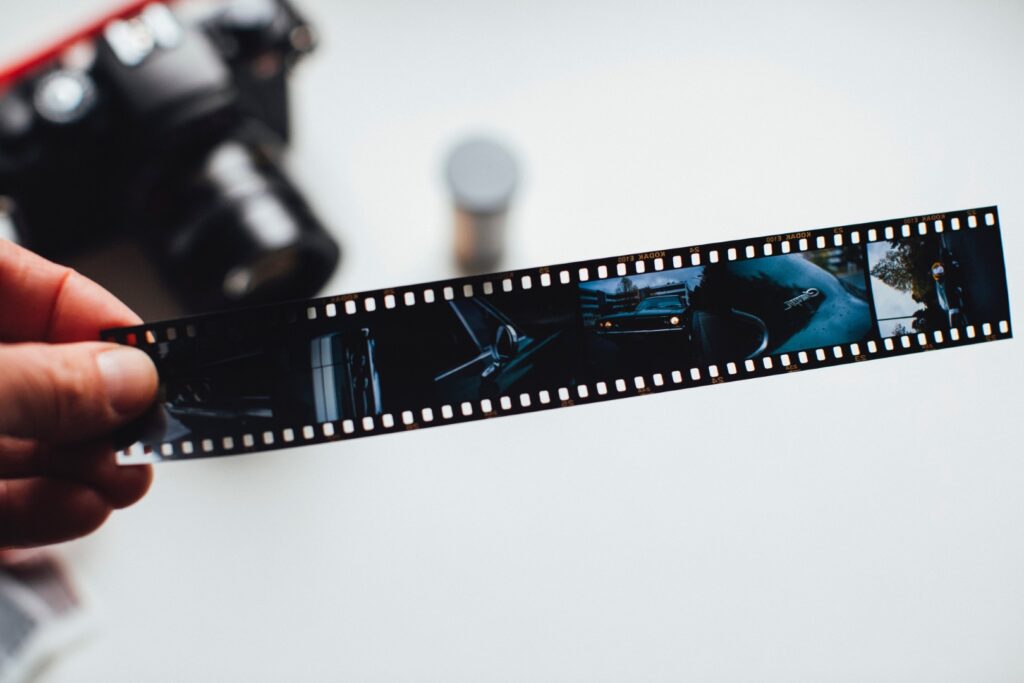
Slide film, or reversal film, produces a positive image directly on the film strip, unlike color negative or black and white film, which create negatives. The developed film can be viewed directly or projected onto a screen, hence the name ‘slide’ film. Slide film offers rich, saturated colors and high contrast, leading to images with a distinct, often retro aesthetic. This can result in striking images when used with a sharp lens like that of the Olympus XA.
However, slide film has a narrow exposure latitude, meaning you have to be precise with your exposure settings. Overexposure or underexposure can drastically affect the outcome, making this film type a bit challenging for beginners. Slide film is also more expensive than both black and white and color negative films, and it requires specific E-6 processing, which is less commonly available and more expensive than C-41 processing used for color negatives.
Considerations When Choosing a Film for Your Olympus XA
Selecting the right film for your Olympus XA requires understanding the camera’s features and matching them with your desired photographic outcomes. Let’s consider some key aspects: film speed, aesthetic qualities of different film stocks, and developing and scanning options.
Film Speed
Film speed, or ISO, is a measure of a film’s sensitivity to light. Lower numbers like ISO 100 or 200 indicate a slow film that requires more light and is ideal for bright, sunny conditions. Higher numbers like ISO 800 or 1600 are faster films, more sensitive to light, and better for low light conditions. The Olympus XA is a versatile camera that can handle a wide range of film speeds, from ISO 25 up to 800. Its automatic exposure system adjusts the shutter speed according to the film speed and lighting conditions and the aperture you have set, making it user-friendly for beginners and convenient for experienced photographers.
While you can certainly experiment with different film speeds, ISO 100 or 200 films can be great for outdoor photography in bright conditions, providing crisp, well-exposed photos with less grain. For indoor or low light photography, you may want to choose a higher-speed film, such as ISO 400 or 800, to capture more details in less light.
Aesthetic Qualities of the Film Stock
Different film stocks produce different aesthetic effects. Black and white films lend themselves well to contrasty, dramatic photos and are ideal for capturing textures and patterns. Color negative films offer a realistic representation of a scene and are versatile for various shooting conditions. Slide films deliver vibrant, saturated colors and contrasty images, creating a distinct, often retro, look.
While the Olympus XA’s aperture priority system does an excellent job, the aesthetic output largely depends on the film stock you choose. Experiment with different brands and types of film to see what you prefer. For instance, the color rendering of Kodak Portra film is quite different from Fujifilm Pro 400H, both of which would work well in the Olympus XA.
Developing and Scanning Film
Once you’ve shot your roll of film, it’s time to develop and scan the negatives. You have two main options here: home development and scanning, or sending your film to a lab. Home development can be more cost-effective in the long run, particularly for black and white film. It allows you to have full control over the process, which can be rewarding but also requires learning, time, and initial investment in equipment and chemicals.
Lab development, on the other hand, can offer consistent results and save you time. Most labs also provide scanning services, delivering your images digitally. However, it can be more expensive, especially for slide film, which requires a different and more costly process known as E-6 processing. For Olympus XA users, both options can work well. If you’re new to film photography, you might want to start with lab development and scanning to focus on mastering the camera and understanding different film stocks. As you get more experienced, home development might become an attractive option.
Top Film Choices for the Olympus XA
Choosing the perfect film for your camera is an artistic decision that can greatly influence the mood and feel of your photographs. For your Olympus XA, consider these top color film recommendations that are readily available today.
Color Films
Kodak Portra 400: This professional grade film is a favorite amongst photographers worldwide due to its natural skin tones, excellent color reproduction, and fine grain. Designed for portraits, it also works exceptionally well for landscape and still life photography. Its flexibility with an ISO rating of 400 allows you to capture crisp and well-exposed images even in varying lighting conditions. The Olympus XA, with its sharp lens and accurate metering, can harness the true potential of Portra 400 to yield high-quality photographs. This film is a slightly higher-end option, but its stellar performance and versatility make it worth the investment. Check current prices here.

Fujifilm Pro 400H: Fujifilm Pro 400H is known for its subtle and soft colors, especially the cooler hues. Its unique color palette brings out beautiful blues and greens, making it perfect for landscape and nature photography. The film’s grain structure is also fine, resulting in smooth, clean images. With an ISO rating of 400, it works well in various lighting conditions, making it a versatile choice for your Olympus XA. While Pro 400H is also a professional grade film, its unique color reproduction makes it stand out and worth a try. Check current prices here.

Kodak ColorPlus 200: As a budget-friendly option, Kodak ColorPlus 200 delivers bright and vivid colors, offering good contrast and sharpness. It’s an excellent choice for everyday shooting, and it works beautifully for both portraits and landscapes. This film excels in bright or evenly lit conditions with its ISO 200 rating. When paired with the Olympus XA, it can produce remarkably good photos that punch above its price point. Its affordability makes it an excellent choice for those new to film photography or anyone looking to experiment without breaking the bank. Check current prices here.
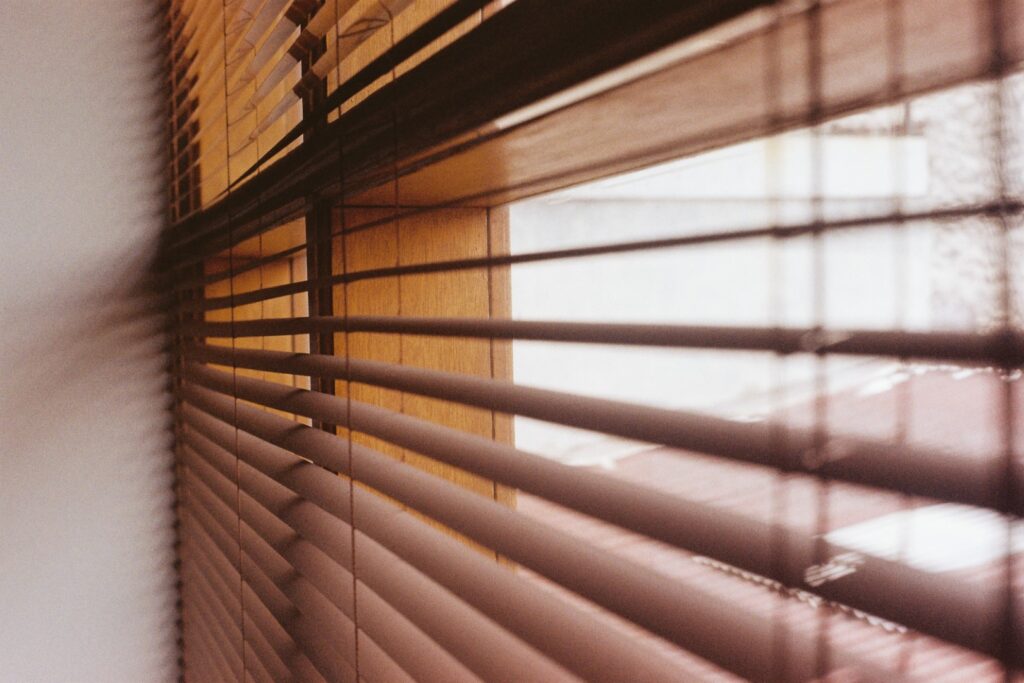
Black and White Films
While color films offer a realistic or stylized rendition of scenes, black and white films open a world of dramatic contrasts and timeless imagery. Here are three black and white films that pair well with the Olympus XA’s capabilities.
Kodak Tri-X 400: Kodak Tri-X 400 is arguably one of the most popular black and white films in the world, appreciated by beginners and professionals alike. Its defining feature is the grain structure, which is noticeable yet beautifully organic, adding texture and depth to images. This film has excellent exposure latitude, forgiving minor exposure errors, and delivering impressive results in various lighting conditions. The grain, combined with the Olympus XA’s sharp lens, can create outstanding photos with a classic, vintage vibe. Check current prices here.
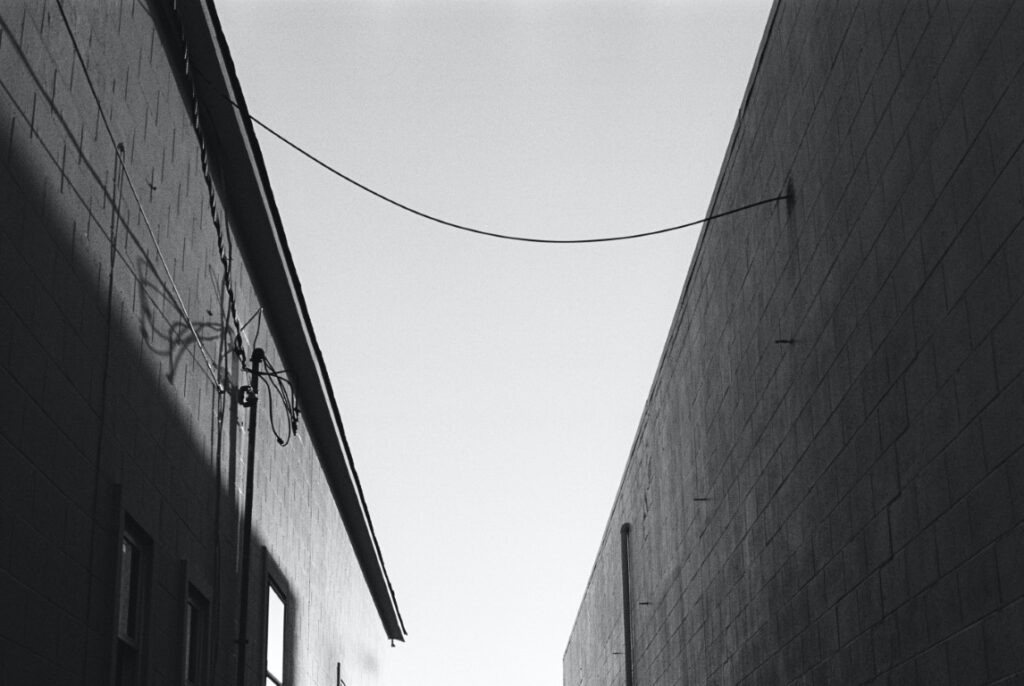
Ilford HP5 Plus 400: A versatile and widely available film, Ilford HP5 Plus 400 is renowned for its flexibility. Its wide exposure latitude allows push processing up to ISO 3200, meaning you can use it in extremely low light conditions. This film produces images with a traditional grain structure and a broad tonal range, perfect for capturing a range of subjects. The Olympus XA’s reliable metering can effectively capture the nuances of light and shadow that HP5 Plus can reproduce. Check current prices here.

Fujifilm Neopan Acros II 100: This film is a recently reintroduced version of the beloved Acros emulsion, and it’s already won many photographers over. Fujifilm Neopan Acros II 100 is praised for its exceptional sharpness and fine grain, which together produce images of striking clarity and detail. It has a wide tonal range, delivering rich blacks and brilliant whites, and handles contrast beautifully. Because of its lower ISO, it is best used in well-lit situations or for long-exposure photography. When used with the Olympus XA, this film can generate strikingly detailed and timeless images. While it’s slightly pricier than some other options, the results can be well worth the investment. Check current prices here.

Each of these black and white films offers a unique aesthetic, lending a distinctive character to your photographs. Experiment and find the one that best captures your creative vision.
Budget-Friendly Film Alternatives for the Olympus XA
Film photography can become an expensive hobby, especially with professional-grade films. However, there are plenty of budget-friendly options available that don’t compromise too much on quality. Here are three affordable films that work wonderfully with your Olympus XA.
Fomapan 200 Creative: This black and white film from the Czech manufacturer Foma offers great value for money. With a medium ISO of 200, it works well in a variety of lighting conditions. Fomapan 200 Creative is known for its high resolution, wide exposure latitude, and excellent grayscale reproduction. The film’s distinct, vintage-style grain gives photos a classic look that pairs nicely with the Olympus XA’s sharp lens. If you’re looking to dabble in black and white photography without breaking the bank, Fomapan 200 Creative is a solid choice. Check current prices here.
Kentmere 100: Another wallet-friendly black and white film, Kentmere 100 is produced by Harman Technology, the same company that manufactures the renowned Ilford films. Despite its lower price, Kentmere 100 offers fine grain, high sharpness, and a broad tonal range. Its ISO 100 rating is perfect for sunny to slightly overcast conditions. Paired with the Olympus XA, this film can produce crisp, high-contrast images with a timeless aesthetic. Check current prices here.
Kodak Gold 200: If you’re looking for an affordable color film, Kodak Gold 200 is a classic choice. Known for its warm, vibrant colors and fine grain, this film delivers great results in a variety of lighting conditions, thanks to its versatile ISO 200 rating. The Olympus XA’s excellent metering system will ensure you get beautifully exposed and color-accurate photos with this film. While it’s not a professional-grade film, Kodak Gold 200’s reliability and pleasing color palette have made it a favorite amongst many film photographers. Check current prices here.
Remember, the cost of film doesn’t necessarily determine the quality of your photos. These budget-friendly options can help you explore the world of film photography and master your Olympus XA without spending a fortune.
Frequently Asked Questions about Using Film in the Olympus XA
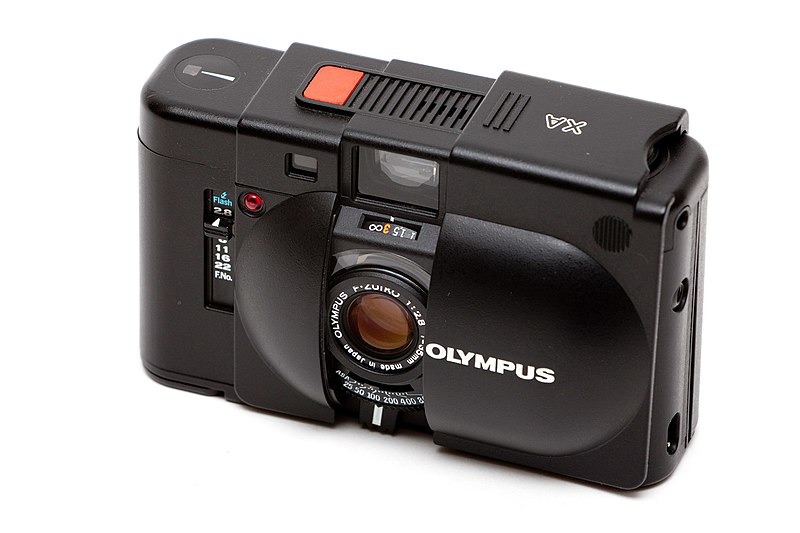
As you start to explore film photography with the Olympus XA, you may have some questions about specific aspects of its operation and how it interacts with film. Here are answers to some commonly asked questions.
What type of battery does the Olympus XA use and how does it affect the film?
The Olympus XA uses a 1.5V LR44/S76 silver oxide or alkaline battery. It’s important to note that the battery powers the camera’s light meter and aperture priority automatic exposure system but doesn’t directly affect the film. However, if the battery is low or dead, the camera’s exposure metering system may not work correctly, which could result in improperly exposed images. It’s always a good idea to ensure your battery is in good shape before loading your film.
Can the Olympus XA work with infrared film?
The Olympus XA is capable of shooting with infrared film. However, since the camera has an electronic shutter, there might be a slight discrepancy in the exposure due to the infrared film’s unique properties. Also, remember to use an appropriate infrared filter over your lens and adjust the focus slightly to account for the infrared focus shift.
How to load and unload film in the Olympus XA?
Loading film in the Olympus XA is relatively straightforward. Open the back cover, place the film in the film chamber, and pull the film leader to the take-up spool. Close the back cover and wind the film until it’s secure. When the film is finished, manually rewind it using the rewind crank until you feel the tension release. Always ensure that you’re unloading the film in a safe, light-controlled environment to prevent any accidental exposure.
How does the Olympus XA’s aperture priority system affect film exposure?
The Olympus XA uses an aperture priority system, which means that you choose the aperture and the camera automatically sets the shutter speed to achieve a correct exposure. This system gives you creative control over depth of field while ensuring a well-exposed shot. If you’re using film with a wide exposure latitude, such as color negative film, the Olympus XA’s aperture priority mode can handle most lighting conditions without much worry of over or underexposure.
Can I push or pull film in the Olympus XA?
Yes, you can push or pull film in the Olympus XA. To do this, you would manually set the camera’s ISO to a different setting than the film’s rated speed and then have it developed accordingly. However, pushing or pulling film alters the contrast and grain of your images, so it’s a technique often used for creative effect or to compensate for challenging lighting conditions.
How to handle overexposure and underexposure with different film types in the Olympus XA?
Different types of film handle overexposure and underexposure differently. For example, color negative film and black and white film tend to be quite forgiving of overexposure, often yielding pleasing results even when overexposed by several stops. Slide film, on the other hand, has a narrow exposure latitude and is less forgiving. With the Olympus XA, if you’re worried about exposure, erring on the side of slight overexposure (especially with color negative and black and white film) is often a safe bet. Ultimately, understanding how your chosen film responds to different exposure settings will be key to achieving the results you desire.

